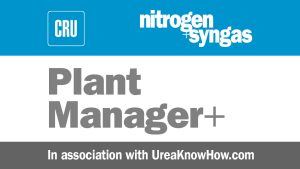
Orica saves 1 million tonnes of CO2
Orica says it has achieved a decarbonisation milestone by eliminating 1.0 million tonnes of carbon dioxide equivalent (CO2-e) from its Kooragang Island site, the equivalent of taking 600,000 cars off the road. The emissions reduction is the result of deployment of tertiary abatement technology on three nitric acid plants, in a project co-financed by the New South Wales Government’s Net Zero Industry and Innovation Program and the Federal Government’s Clean Energy Finance Corporation. The Clean Energy Regulator also approved the project as eligible to generate Australian carbon credit units.






